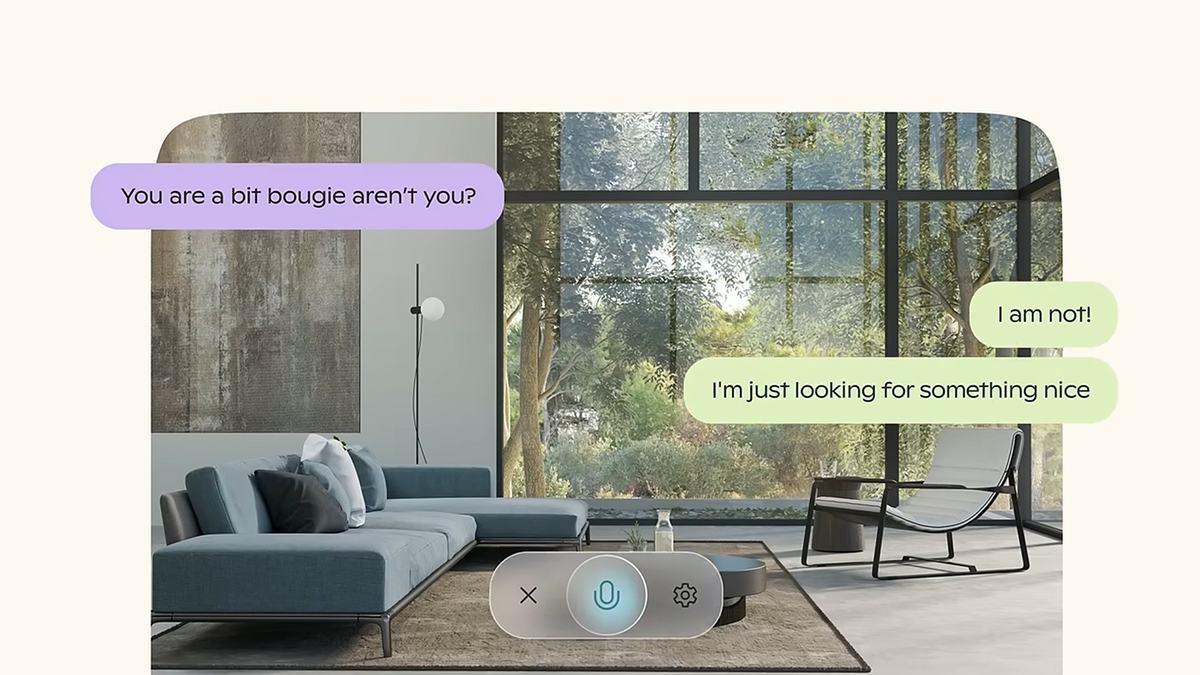World
The AI Revolution: How Predictive, Prescriptive, And Generative AI Are Reshaping Our World

Explore the groundbreaking world of AI as we unravel the mysteries of predictive, prescriptive, and … [+]
In the ever-evolving landscape of artificial intelligence, three powerful forces are reshaping our world: predictive, prescriptive, and generative AI. These technologies are not just buzzwords; they’re the driving forces behind some of the most exciting innovations in business, healthcare, and creative industries. But what exactly are they, and how are they changing the game? Let’s dive in and demystify these AI powerhouses.
Predictive AI: The Crystal Ball Of The Digital Age
Imagine having a crystal ball that could peer into the future, revealing valuable insights about what’s to come. That’s essentially what predictive AI does, minus the mystical hocus-pocus. This type of AI uses historical data and machine learning algorithms to forecast future outcomes with remarkable accuracy.
Take weather forecasting, for instance. Predictive AI analyzes vast amounts of meteorological data to predict weather patterns days or even weeks in advance. But its applications go far beyond telling you whether to pack an umbrella. In the business world, predictive AI is a game-changer. Retail giants use it to anticipate consumer trends and stock their shelves accordingly. Financial institutions employ it to detect fraudulent transactions before they happen. Healthcare providers leverage predictive AI to identify patients at risk of developing certain conditions, enabling early intervention and potentially saving lives.
The power of predictive AI lies in its ability to uncover patterns and correlations that might be invisible to the human eye. It’s like having a tireless analyst working around the clock, sifting through mountains of data to extract actionable insights. However, it’s important to remember that predictive AI is not infallible. It’s based on historical data and patterns, which means it has a propensity to perpetuate biases from the training data, and it can struggle with unprecedented events or rapid changes in behavior.
Prescriptive AI: The Digital Decision-Maker
If predictive AI is the crystal ball, then prescriptive AI is the wise sage telling you what to do with that knowledge. Prescriptive AI takes the insights generated by predictive models and goes a step further, recommending specific actions to achieve desired outcomes.
Think of it as your personal AI strategist. In the world of logistics, prescriptive AI can analyze traffic patterns, weather conditions, and delivery schedules to optimize routes for delivery trucks, saving time and fuel. In healthcare, it can recommend personalized treatment plans based on a patient’s genetic makeup, lifestyle, and medical history.
One of the most exciting applications of prescriptive AI is in autonomous vehicles, where it is used to make split-second decisions on the road, navigate traffic, avoid obstacles, and adapt to changing conditions in real-time.
The beauty of prescriptive AI lies in its ability to consider multiple variables and potential outcomes simultaneously, something the human brain often struggles with. It can weigh pros and cons, calculate risks, and suggest the best course of action in complex scenarios. Nonetheless, it’s crucial to remember that prescriptive AI is a tool to aid decision-making, not replace human judgment entirely. The final decision should always involve human oversight, especially in high-stakes situations.
Generative AI: The Digital Artist And Innovator
Now, let’s turn our attention to the newest kid on the AI block: generative AI. If predictive AI is about forecasting the future and prescriptive AI is about making decisions, generative AI is all about creating something entirely new.
Generative AI uses machine learning models to produce original content, be it text, images, music, or even code. It’s the technology behind chatbots like ChatGPT, Google Gemini and Claude that can engage in human-like conversations, and AI-generated artworks and deepfakes that have been making headlines.
But generative AI isn’t just about creating digital art or witty chatbot responses. It’s revolutionizing product design, allowing engineers to input parameters and generate thousands of potential designs in minutes. In the pharmaceutical industry, it’s being used to discover new drug compounds by generating and evaluating molecular structures. Writers and marketers are using it to brainstorm ideas and create content at unprecedented speeds.
One of the most fascinating aspects of generative AI is its ability to combine ideas in novel ways, potentially leading to innovations that humans might never have conceived. It’s like having a tireless brainstorming partner with access to the sum of human knowledge.
But as with all AIs, there are challenges and important ethical questions. As these systems become more advanced, we’ll need to grapple with issues of originality, copyright, and the very nature of creativity itself. There’s also the potential for misuse, such as generating convincing fake news or deepfake videos.
The AI Trifecta: A Powerful Combination
While each of these AI types is powerful in its own right, their true potential lies in how they can work together, something we refer to as hybrid AI. Imagine a business that uses predictive AI to forecast market trends, prescriptive AI to develop strategies to capitalize on those trends, and generative AI to create the products or content needed to execute those strategies. This AI trifecta could revolutionize entire industries, driving innovation and efficiency to new heights.
Navigating The AI-Powered Future
As we stand on the brink of this AI revolution, it’s clear that predictive, prescriptive, and generative AI will play increasingly important roles in our lives and businesses. They offer unprecedented capabilities to forecast, decide, and create, opening up new possibilities in every field, from healthcare to entertainment.
However, as with any powerful technology, these AI types come with both opportunities and challenges. As we harness their potential, we must also be mindful of their limitations and ethical implications. The key lies in viewing AI not as a replacement for human intelligence but as a powerful tool to augment and enhance our own capabilities.
In this AI-powered future, those who can effectively leverage these technologies – understanding their strengths, limitations, and interplay – will be best positioned to thrive. So, whether you’re a business leader, a healthcare professional, or simply a curious individual, now is the time to familiarize yourself with these AI powerhouses. The future is here, and it’s being shaped by predictive, prescriptive, and generative AI.










